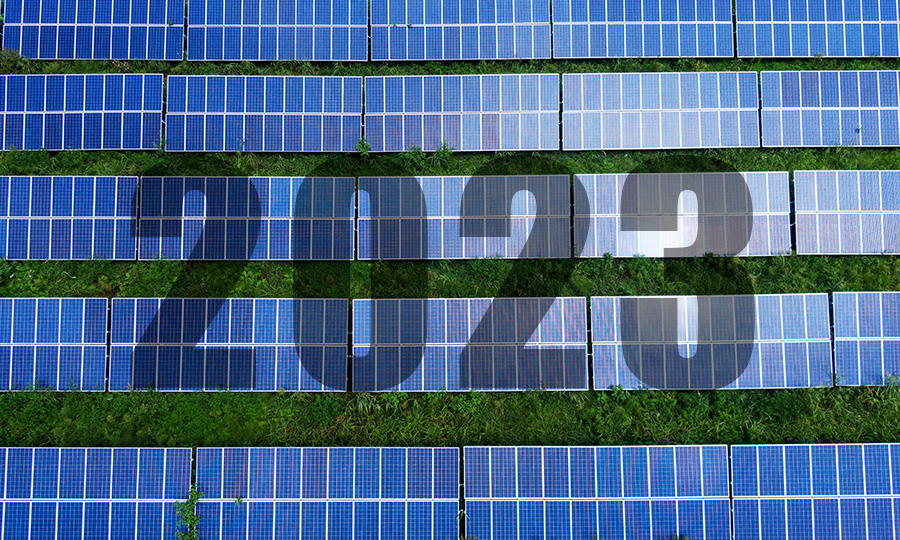Four Great Changes in the Photovoltaic Industry in 2023
1. Tripartite Confrontation of TOPCON, HJT and XBC
As the PERC cell conversion efficiency is close to the ceiling, high-efficiency N-type technology iteration is accelerated. According to statistics, the scale of N-type modules in public bidding in the year of 2023 exceeded 100 GW, accounting for nearly 50%.
At present, in the N-type technology route, TOPCON and HJT are widely received by the market. In addition, XBC technology has attracted much attention, especially with Longji announced its full bet of BC technology, this technology has quickly become the focus of the market. It is worth paying attention to that as a platform -type technology, BC technology can be superimposed with technologies such as PERC, TOPCON, HJT to further break through the limit of efficiency.

2. Price Bottom and the Industry Reshuffle Continues
From the beginning of the year to the present, the prices of polysilicon, silicon wafers, cells, and modules have dropped by a maximum of 66%, 49%, 55%, and 48% respectively.
Amid the industry shuffle, new players with weak foundations may be first impacted, followed by enterprises with poor capital strength, high debt rate and cost, low degree of integration, and poor management and operation. After the outdated production capacity is cut, the industry will enter a new round of supply and demand balance.
3. The Expansion of Leading Companies Leads to Higher Industrial Concentration
In the knockout, with the advantages of technology, cost, funds, channels, brands and etc., leading companies shows far better risk capacity, and expand market share with the removal of outdated production capacity.
For example, in the polysilicon field, Tongwei and Daquan have recently announced another 10 billion production scaling-up plan. According to the estimation of industry insiders, if the planned capacity is all fulfilled, it can meet more than 70 % of the market demand.
According to statistics from the China Photovoltaic Industry Association, in terms of polysilicon, silicon wafers, cells and modules in 2022, CR5's output accounted for 87.1%, 66%, 56.3%, and 61.4% respectively. In the future, market share may be further concentrated to the giants.
4. Global Manufacturing, Global Sales
According to statistics, in 2023 a total of 19 photovoltaic companies have planned to invest in overseas factories, covering almost the entire photovoltaic industry chain. The planning production capacity of silicon wafers, cells and modules has exceeded 90GW. From the perspective of factory site, besides Southeast Asia, United States and the Middle East have become the favorite sites.
